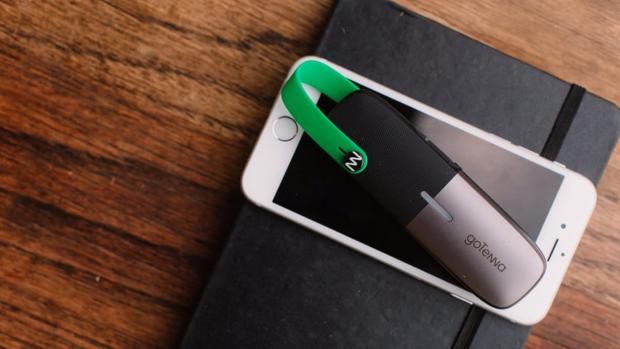
Breaking News
 Why Dual Engine Failure Changes Everything -- Louisville Crash Update
Why Dual Engine Failure Changes Everything -- Louisville Crash Update
 Transforming Storage Shelf / Workbench - Small Space Organization
Transforming Storage Shelf / Workbench - Small Space Organization
 Our 3-Step Strategy for a Stress-Free Pantry
Our 3-Step Strategy for a Stress-Free Pantry
 BEHIND THE DEEP STATE | The War on Farms
BEHIND THE DEEP STATE | The War on Farms
Top Tech News
 HUGE 32kWh LiFePO4 DIY Battery w/ 628Ah Cells! 90 Minute Build
HUGE 32kWh LiFePO4 DIY Battery w/ 628Ah Cells! 90 Minute Build
 What Has Bitcoin Become 17 Years After Satoshi Nakamoto Published The Whitepaper?
What Has Bitcoin Become 17 Years After Satoshi Nakamoto Published The Whitepaper?
 Japan just injected artificial blood into a human. No blood type needed. No refrigeration.
Japan just injected artificial blood into a human. No blood type needed. No refrigeration.
 The 6 Best LLM Tools To Run Models Locally
The 6 Best LLM Tools To Run Models Locally
 Testing My First Sodium-Ion Solar Battery
Testing My First Sodium-Ion Solar Battery
 A man once paralyzed from the waist down now stands on his own, not with machines or wires,...
A man once paralyzed from the waist down now stands on his own, not with machines or wires,...
 Review: Thumb-sized thermal camera turns your phone into a smart tool
Review: Thumb-sized thermal camera turns your phone into a smart tool
 Army To Bring Nuclear Microreactors To Its Bases By 2028
Army To Bring Nuclear Microreactors To Its Bases By 2028
 Nissan Says It's On Track For Solid-State Batteries That Double EV Range By 2028
Nissan Says It's On Track For Solid-State Batteries That Double EV Range By 2028
goTenna makes a Mesh of off-grid comms

The original goTenna consists of a small radio antenna that connects to a user's smartphone via Bluetooth and an accompanying app for Android and iOS. The app allows users to send private text messages, public broadcast text messages and GPS data to other users. The distance over which this can be done varies, but when New Atlas put two of the devices through their paces in the Rockies earlier this year, we found we were able to stay in touch from over 2 mi (3.2 km) apart.
Those first-gen goTenna devices are such that communications are sent directly from one device to another, but this means that they must be within range of each other. The goTenna Mesh is able to relay communications via other goTenna Mesh devices, thereby increasing the potential range and allowing communications to be delivered between devices even if they are not within range of each other.
goTenna says the Mesh uses "military-grade mesh networking" to double or triple the range of the original device from around 1 mi (1.6 km) in built-up places to around 3 mi (4.8 km) in open terrain, with the network getting stronger with more users. The device automatically selects clear public radio frequencies over which to send communications. Despite this, and the fact that the devices of other users are used as as relay nodes, the firm says communications remain secure by way of end-to-end encryption.

 Carbon based computers that run on iron
Carbon based computers that run on iron

